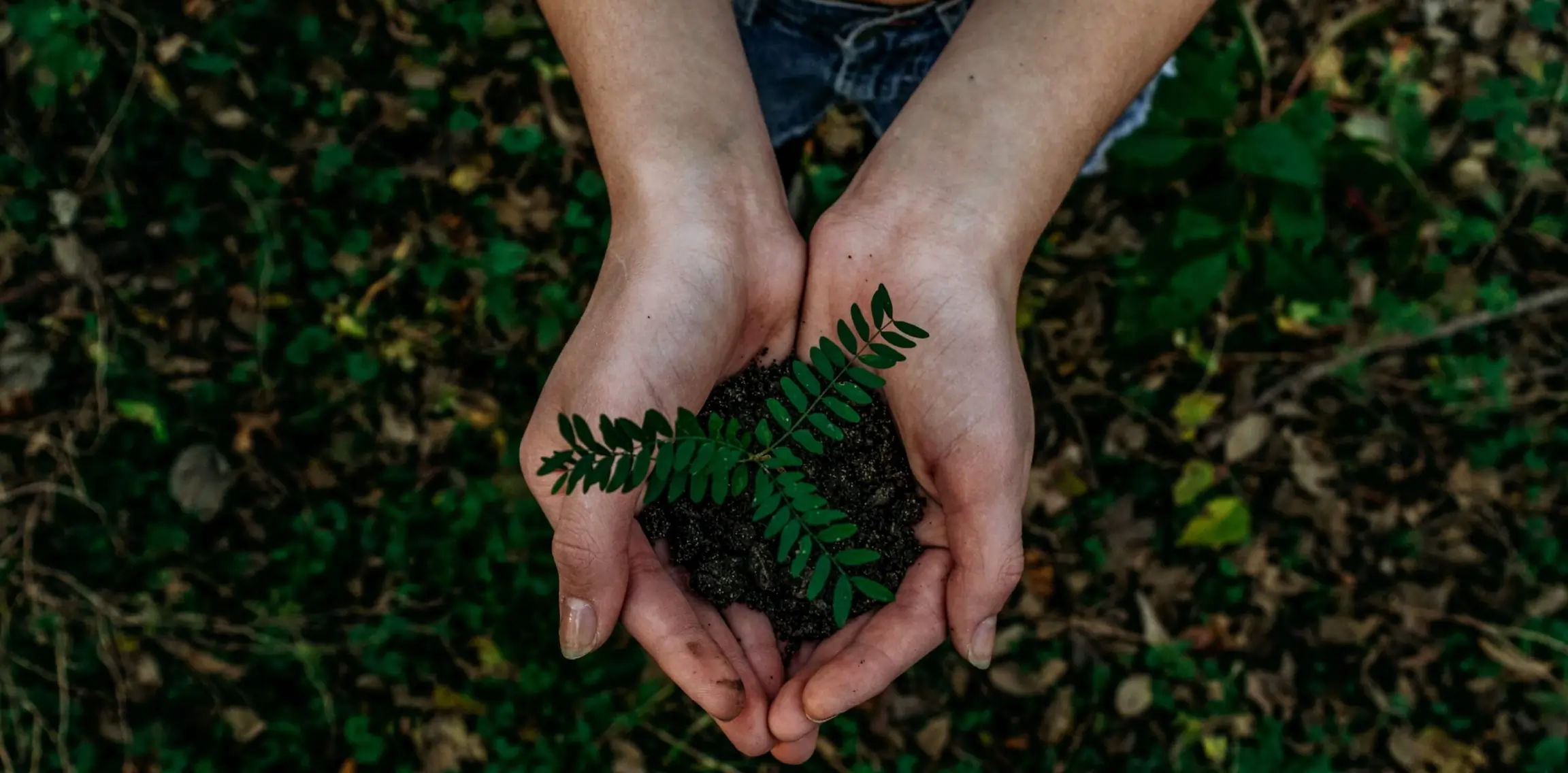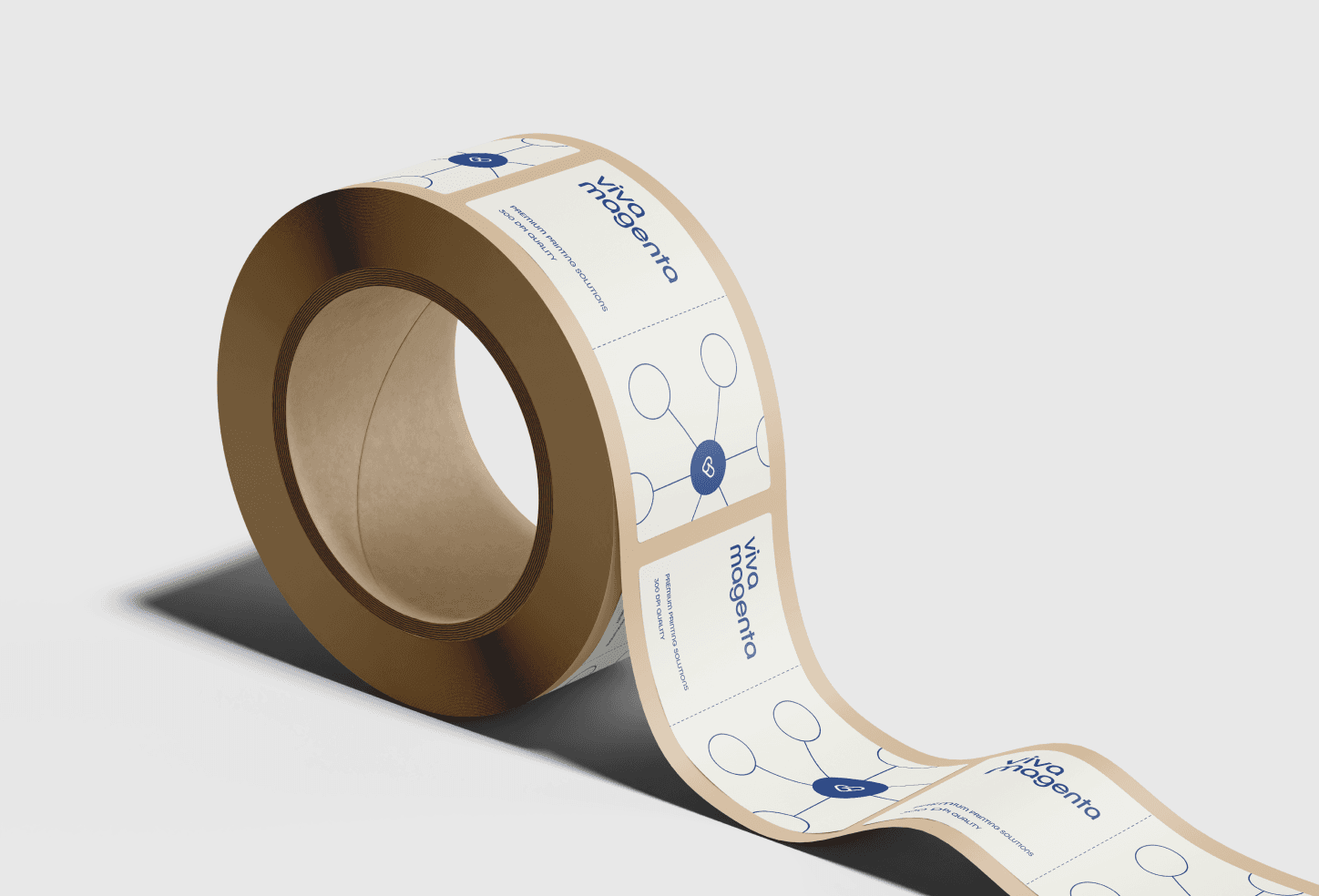Sustainable Packaging: Transforming Business Through Eco-Innovation
Introduction
The environmental impact of packaging has reached a critical point, with consumers and businesses seeking sustainable alternatives. This comprehensive guide explores the latest innovations in eco-friendly packaging and provides practical business implementation strategies.
What are the types of sustainable packaging?
Modern sustainable packaging encompasses several key categories that are transforming the industry. Biodegradable materials represent a significant advancement, with innovations including plant-based packaging derived from corn, sugarcane, and mushrooms. Natural fibre solutions that break down naturally have gained traction alongside ocean-safe materials that decompose without harming marine life.
Post-consumer recycled (PCR) plastics lead the way in recyclable options, complemented by traditional materials like glass and metal containers. Paper-based solutions continue to evolve, while mono-material designs are gaining popularity for their simplified recycling process. The industry has also embraced compostable alternatives, including industrial compostable materials, home compostable solutions, and innovative bio-based polymers.
What is the best sustainable packaging for 2025?
The landscape of sustainable packaging continues to evolve, with industry leaders setting new benchmarks for excellence. Current solutions demonstrate remarkable environmental benefits, with biodegradable materials showing 40% lower environmental impact than traditional options. Recyclable packaging has proven particularly effective, reducing waste by up to 60%, while compostable alternatives now decompose within 180 days under proper conditions.
Unilever's 2025 commitments exemplify industry best practices. Their comprehensive goals include a 50% reduction in virgin plastic use and implementing a 100% recyclable packaging design. Their strategy encompasses a 25% recycled plastic integration target and aims for complete plastic waste collection and processing, setting a new standard for sustainable packaging excellence.
How to create sustainable packaging?
The journey to sustainable packaging begins with a thorough assessment of current packaging practices. This involves conducting detailed material usage audits, identifying specific areas for improvement, and calculating the environmental impact of existing solutions. The selection of sustainable materials follows, requiring careful evaluation of biodegradable options, consideration of recyclable alternatives, and testing compostable materials.
Efficiency in design plays a crucial role, focusing on minimising material usage while optimising transportation efficiency and ensuring product protection. Ongoing monitoring and adjustment remain essential, encompassing environmental impact tracking, cost-effectiveness measurement, and the gathering of customer feedback to refine approaches.
Business Benefits
Sustainable packaging yields significant environmental benefits through reduced carbon footprint, decreased landfill waste, and lower resource consumption. Financial advantages manifest in long-term cost savings, increased market share, and enhanced brand value. Consumer response has been notably positive, with 55% prioritising sustainable packaging in their purchasing decisions. Research indicates that 60-70% of consumers are willing to pay premium prices for sustainably packaged products, improving brand loyalty and trust.
Challenges and Solutions
Companies implementing sustainable packaging face various challenges, particularly in cost management. Successful approaches include starting with pilot programs, implementing phase changes, and calculating long-term ROI to justify initial investments. Technical considerations require attention to material performance testing, supply chain adaptation, and robust quality control measures.
Future Outlook
The sustainable packaging industry continues to evolve dynamically. Emerging material innovations reshape possibilities, while improved recycling technologies enhance processing efficiency. Stricter environmental regulations drive compliance requirements, and growing consumer demand fuels continued investment in sustainable solutions.
Sustainable packaging represents both an environmental imperative and a business opportunity. By embracing eco-friendly solutions now, companies position themselves for success in an increasingly environmentally conscious market.

